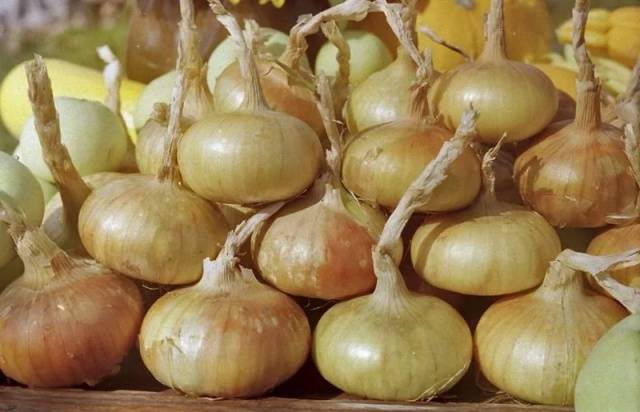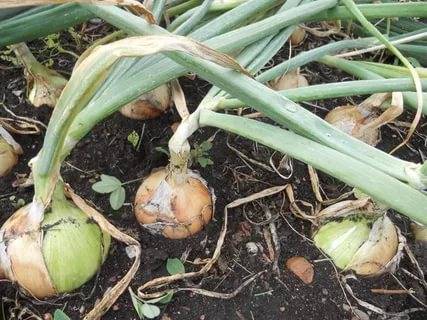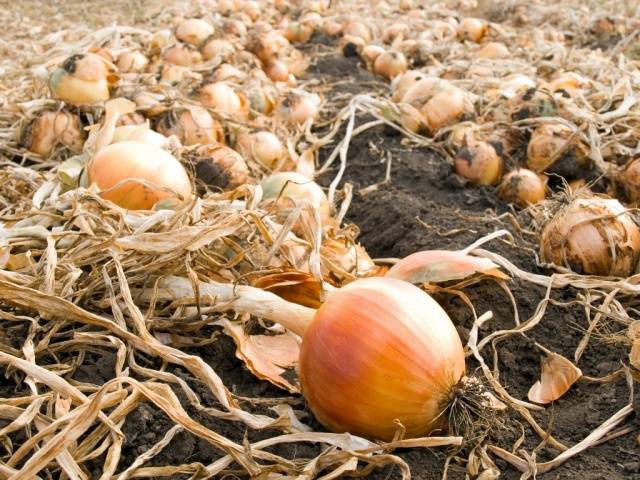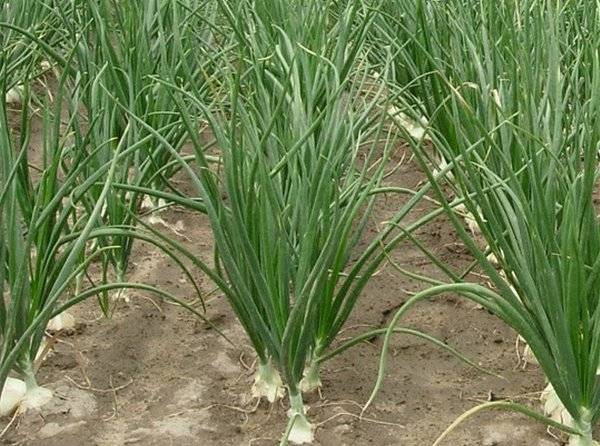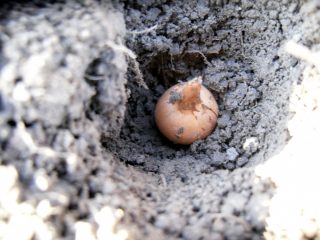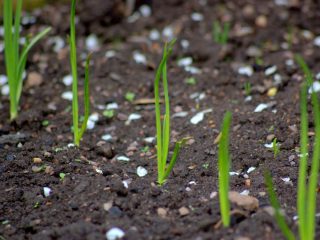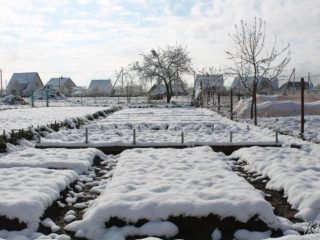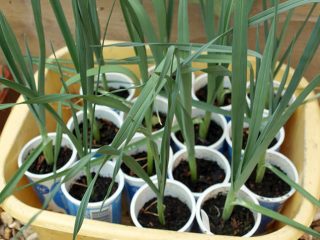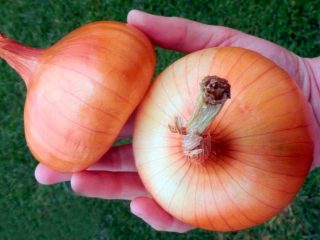Content
Today, many owners of household plots and summer cottages are engaged in growing onions for turnips. If you follow the rules of agricultural technology, you can get a rich harvest of tasty and healthy vegetables. Unfortunately, some of the crop becomes unusable after harvesting. Isn’t it a shame, because so much work was invested!
The most common cause of crop loss is unripe or overripe vegetables. Novice gardeners are often interested in timing harvesting onions turnips Note that this is a very important point. Onions harvested in time can be stored all winter, and your family will be provided with a vitamin-rich and healthy vegetable.
Deciding on deadlines
Why is it important to select bulbs from the garden in a timely manner? The fact is that if you choose the wrong harvest time, the vegetable begins to rot while still in the ground. The collected onions, no matter how well they are dried, cannot be stored for long.
No gardener will be able to name exactly when to dig up a turnip, no matter how much experience he has in growing the plant. Firstly, it will depend on the region of residence. Secondly, what material was the vegetable grown from? After all, you can get large bulbs from sets, grown seedlings, or by sowing seeds directly into the ground.
Let’s assume that the seedlings or seedlings were planted in the ground at the beginning of May, which means that harvesting can begin by the end of July, beginning of August.Onions planted in late April need to be dug at the end of July. The harvesting time for turnips grown from seeds will be different. The main thing is to harvest without losing quantity and quality.
Onion harvesting:
Gardeners with extensive experience know when to dig onions out of the ground, since they have many secrets.
Focus on external signs
So, when to harvest onions, what should you pay attention to?
During the summer, the feathers are juicy and green. Over time, when turnips fill the ground, they begin to change their color. Gardeners should carefully monitor these changes because the plant gives a signal of ripening:
- The stems dry out and turn yellow.
- The neck of the bulb becomes thinner, softer, and begins to dry out.
- The feathers do not stand upright, but lie on the bed.
- Check Onions are ready for harvesting maybe by scales. Pull out the onion: if they are dry and rustling and easily removed, the time to harvest the onion has come.
You can't do without math
Not all gardeners are satisfied with the method of determining the harvest time based on external changes. After all, the cause of yellowing and lodging of feathers can be not only the ripeness of the vegetable, but also other reasons. Therefore, they call on mathematics to help and believe that in this case it is almost impossible to make a mistake with cleaning.
Growing onions for many years, gardeners noticed that they ripen about 70 days after planting.
It turns out that the vegetable planted on May 20th is ready for harvesting on August 1st.
Do not forget that according to the timing of ripening, a vegetable can be classified as early, middle or late varieties. This is also an important fact that influences the question of when to dig up onions.
It should be noted that the number 70 is the same for any type of onion. When gardeners buy seed packets, they are often labeled as taking 68 to 83 days to mature. We recommend that beginning gardeners focus on the average - 70-75 days; you can never go wrong.
Climate is important
More than once, gardeners have complained that the climate in Russia has changed dramatically. This also affects the choice of period for digging turnips. There is no summer after summer: one year is dry and hot, which helps accelerate ripening. Another year, on the contrary, may be rainy and cool, therefore, onions are harvested later.
It turns out that even the most experienced gardener who knows the basics of agricultural technology will not give a single answer to the question often asked by beginners when to pick onions from the garden. After all, the timing of cleaning depends on many factors that need to be taken into account:
- region of residence;
- spring planting time;
- used planting material;
- climatic features of spring and summer this year;
- onion varieties by ripening time;
- correct use of agricultural technology.
It will not be possible to harvest the entire harvest of even one variety at the same time, because they ripen unevenly, let alone different varieties. Experienced gardeners choose bulbs as they ripen.That is why the recommendations do not give the exact number of days required to grow this vegetable.
Rules for harvesting onions
The timing of digging onions is related to harvesting rules. The fact is that 2 weeks before the planned work you need to stop watering the beds. This is one of the important agrotechnical requirements. The onion must stop growing to absorb nutrients from the green stem.
Watering before harvesting reduces the shelf life of vegetables and leads to the development of putrefactive processes. In addition, due to watering, the onions will not have time to reach marketable condition. Rains that began during the turnip drying period also have a negative effect on the preservation of the vegetable.
When the approximate date for digging the bulbs out of the ground has been scheduled, it is necessary to carefully monitor the condition of the stem in the remaining period before harvesting. A well-ripened onion will be soft. But you should not overdry the base of the stem before harvesting. In this case, the taste of onions deteriorates.
Knowing when to dig up onions for turnips is also important because you will have to choose a sunny day for harvesting. In order for the vegetable to be stored well, it must be fried in the sun.
For digging, it is better to use a pitchfork rather than a shovel, so as not to damage the bulbs. It is not always possible to pull out a turnip without damaging the stem. The harvested crop is laid out on the garden bed for the whole day in one layer. The bulbs are laid out in the same way for thorough drying. Then the stem is cut off.
If it rains at the time when you need to collect turnips, there is no need to postpone the work until later. Removing onions from the ground as quickly as possible, otherwise under the influence of excess moisture it will begin to sprout and rot already in the ground. In this case, you will have to dry the turnips under a well-ventilated canopy, and take the bulbs outside as soon as possible.
When and how to harvest onions, tips:
Summary
As you can see, the question of when to harvest bulbs grown for turnips is really solvable. We have indicated important points that you need to pay attention to. Gardeners, even beginners, can calculate harvest dates. The main thing is to implement agricultural cultivation techniques and properly care for onion plantings. And the harvest harvested on time will be stored throughout the long winter. A tasty and healthy vegetable is necessary at this time to maintain immunity.
